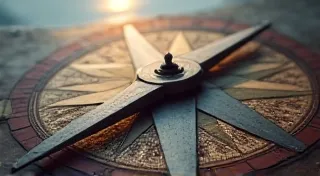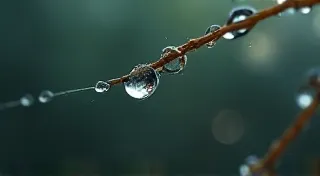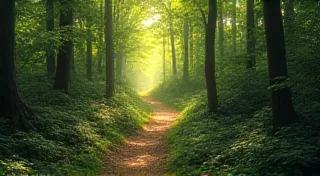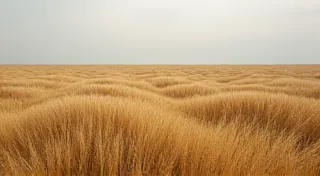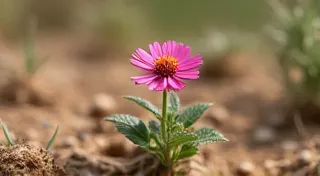Rhythms of the Dawn: A Birdwatcher's Chronicle of Awakening
There’s a particular magic woven into the hour before sunrise, a liminal space between slumber and full awareness. For the birdwatcher, it’s not merely the best time to observe avian activity; it's an immersion into a primal symphony. The world holds its breath, the air is crisp and carries the scent of dew-kissed earth, and then, subtly, it begins to awaken. The first tentative chirps pierce the quiet, tiny declarations of existence announcing the approaching light. It’s a ritual, a connection to something older than memory, a chance to witness the rhythms of the dawn.
I remember my grandfather, a man of few words but boundless patience, taking me to a small, overlooked marshland just outside our town. He wasn't a flamboyant birder, no elaborate equipment or zealous checklists. Just him, a worn pair of binoculars, and an almost reverent silence. He would often say, "Listen, child. The birds will tell you their stories." And they did. They still do. The dawn chorus isn't just noise; it's a conversation, a bustling marketplace of greetings, warnings, and territorial claims, all played out in a language of trills, whistles, and calls.
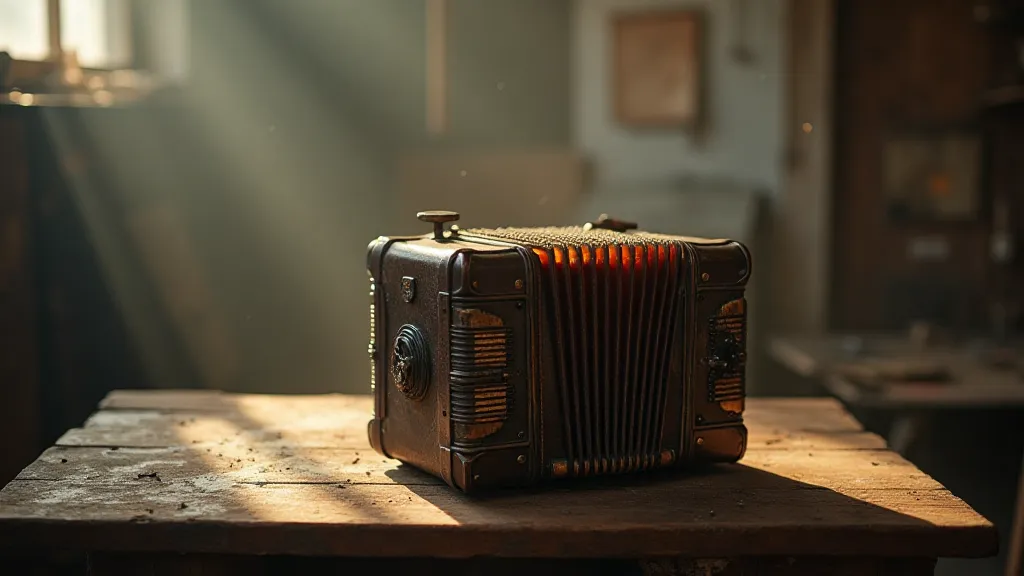
The Symphony of Awakening
The initial sounds are often from the resident birds – robins announcing their territory, mourning doves with their melancholic coos, and the sharp, insistent calls of chickadees. As the light gradually strengthens, the avian performers expand. Warblers, migrating from further north, often make their presence known with their bright, complex songs. The sudden burst of a meadowlark’s song, echoing across a field, is a moment that always stops me in my tracks. These are the moments that make birdwatching so profoundly rewarding – the discovery, the surprise, the sheer beauty of a creature perfectly adapted to its environment.
Birdwatching isn’t just about identifying species; it’s about understanding their place in the ecosystem. It’s about recognizing the intricate web of relationships between birds, plants, and other animals. It's about appreciating the delicate balance that sustains life, and feeling a responsibility to protect it. The increasing awareness of habitat loss and climate change makes these dawn experiences even more poignant, reminding us of what we risk losing.
An Echo of a Lost Craft: Accordions and Persistence
My grandfather's quiet presence at dawn always reminded me of another enduring passion of his – antique accordions. He wasn't a musician in the traditional sense; he collected them, studied them, and lovingly restored them. He saw in these instruments a similar kind of beauty and resilience as he did in the birds he observed. They were testaments to human ingenuity, intricate machines built with incredible skill and care. He's explained that the bellows are a study in airtight precision, the reeds a marvel of mechanical vibration, all orchestrated to produce a voice that could fill a room, or carry across a field.
Like the birds adapting to changing seasons, these accordions were often discarded, forgotten, or damaged. He saw the restoration process not merely as repairing broken parts, but as breathing life back into a lost voice. Each repair was a lesson in patience, in understanding the original craftsman's intent, and in preserving a piece of history. It's a parallel I've often drawn – the resilience of nature mirroring the craftsmanship of human creation. A broken accordion, much like a fragmented habitat, can be made whole again with careful attention and understanding.
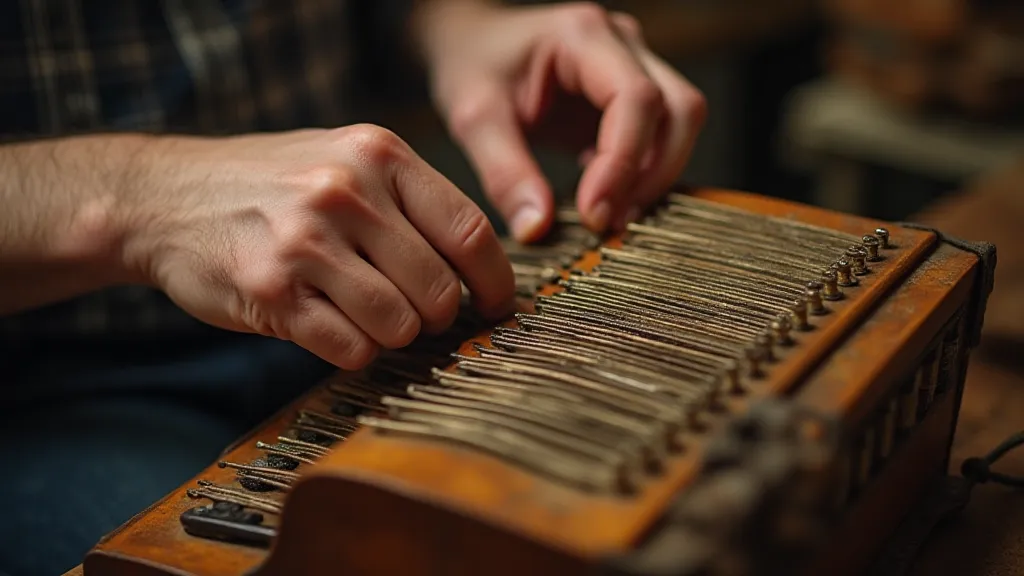
More Than Identification: The Feeling of Connection
There's a deceptive simplicity to birdwatching. It seems like a passive activity – simply observing what’s already there. But it’s profoundly active. It requires focus, patience, and a willingness to be present in the moment. It demands a slowing down, a silencing of the inner chatter, a turning inward to appreciate the subtle nuances of the natural world. It’s a form of meditation, a way to reconnect with something ancient and primal within ourselves.
Bird identification, while certainly a skill to develop, is only part of the experience. The true reward lies in the feeling of connection – the sense of belonging to a larger community of life, the feeling of awe and wonder at the beauty and complexity of the natural world. It’s a feeling that transcends words, a feeling that resonates deep within the soul.
Hiking and the Avian Landscape
Many of the best birdwatching spots are accessible through hiking trails. The act of walking through a natural environment amplifies the experience. You’re moving through the birds’ territory, observing their behavior in context. The subtle changes in elevation, the different types of vegetation – all contribute to a richer understanding of the avian landscape. A steep hillside might offer a vantage point to observe raptors soaring overhead, while a dense thicket could harbor a hidden warbler. The combination of physical exertion and sensory stimulation creates a truly immersive and memorable experience.
When hiking for birdwatching, always be mindful of your impact. Stick to established trails, avoid disturbing vegetation, and respect the privacy of the birds and other wildlife. Leave no trace of your visit, so that future generations can enjoy the same beauty and wonder. Pack binoculars, a field guide, water, and appropriate clothing for the weather. And most importantly, bring a sense of curiosity and a willingness to be amazed.
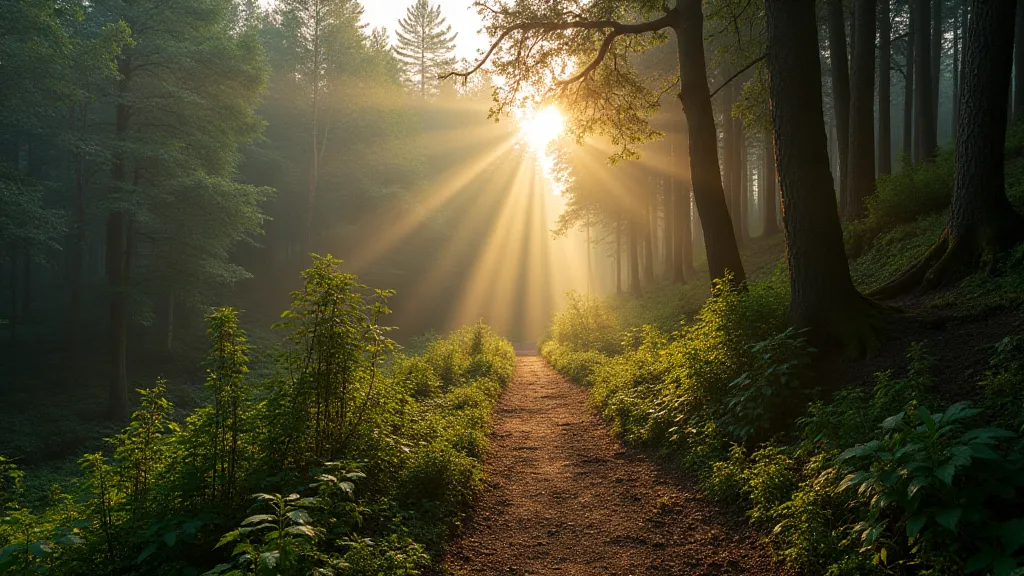
The rhythms of the dawn continue, whether we’re there to witness them or not. But to be present, to truly listen, is to participate in something extraordinary. It's a reminder of the enduring beauty of the natural world, and of the importance of protecting it for generations to come. And just as my grandfather taught me, the birds, and the echoes of old accordions, will always have stories to tell, if we only take the time to listen.
